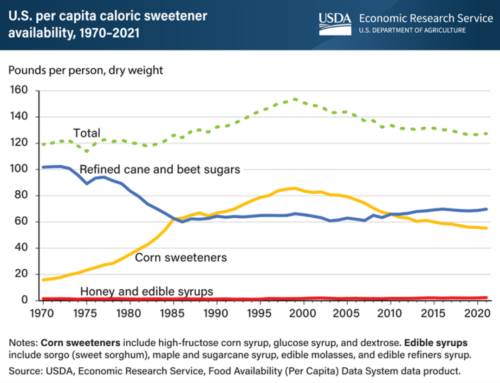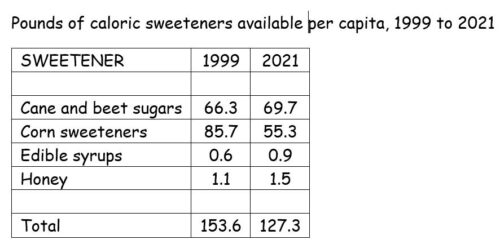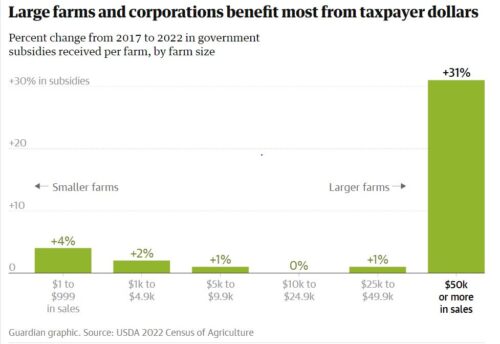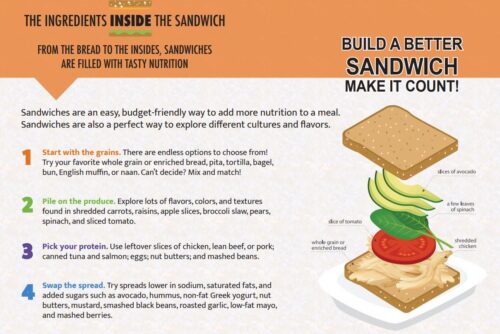Anne Mendelson. Spoiled: The Myth of Milk as Superfood. Columbia University Press, 2023 (396 pages).

I am an admirer of Anne Mendelson’s books and did a blurb for her Chow Chop Suey. But this one is over the top—original, compelling, brilliantly written.
Driving this book is a question I’ve not heard asked before, at least not so directly: Why and how did the consumption of fresh liquid milk (“drinking-milk”)—as opposed to fermented dairy products—become framed as a nutritional necessity?
Her question derives from some basic facts about cow’s milk and its industrial production:
- Once cow’s milk leaves the udder, it is easily contaminated with pathogenic bacteria.
- Most adults have stopped making the enzyme that digests the sugar lactose in milk and can’t drink it without getting unpleasant digestive systems.
- To produce milk safely requires complicated and expensive industrial processes.
- The cost of milk production exceeds the price people are willing to pay for it; dairy farming is a losing proposition even with taxpayer subsidies.
- Industrial milk production is hard on cows and pollutes the environment.
Why are we even doing this? For this, she blames 19th and 20th century European and American doctors who thought the ability to digest lactose normal, nutritionists (calcium!), and the USDA (3 servings a day!).
She is not against eating dairy foods when they are fermented. These, yogurt and the like, are much safer. Friendly bacteria split the lactose along with producing acid that destroys pathogens.
You don’t have to agree with all her points to appreciate how well they are argued.
To wit:
[The book] argues that influential nutritional theories about fresh and fermented milk took a disastrously wrong turn in the eighteenth century. The reason is that the founders of modern Western medicine had no way of understanding the genetic fluke that allowed them, unlike most of the world’s peoples, to digest lactose from babyhood to old age. In other words, today’s mega-industry stemmed from a lack of scientific perspective. That lack turned the one form of milk that is most fragile, perishable, difficult to produce on a commercial scale, and economically pitfall-strewn into a supposed daily necessity for children and, to a lesser extent, adults. [pp x, xi].
No other food product is as staggeringly difficult and expensive to get from source (in this case, a cow) to destination (milk glass on table) in something loosely approximating its first condition. If one existed, it would be treated as an astounding luxury. [p. 1].
Mendelson takes deep dives into the history of dairy use, dietary recommendations, industrial production, and government dairy policy. In attempting to teach about the Farm Bill, I was defeated by Milk Marketing Orders, the formulas used by the government to set price support levels required to be paid by “handlers” (milk processors) to dairy producers in different areas of the country. I could not find anything about this in the index, alas, but I loved what she says about them on page 205.
These formulas gradually became as abstruse, and as unintelligible to anyone outside a small charmed circle, as anything in the bad old days before the federal government stepped in. Far from abolishing the buyer’s market, they trapped farmers selling fluid milk within the marketing order system in endless struggles to wring enough out of handlers to recoup production costs….What I do understand is that as the postwar era advanced, the sheer incomprehensibility of producer-handler milk price schemes again became an endless frustration to dairy farmers, above all those trying to make a living within the marketing order system for drinking-milk.
One final irony:
Nothing is going to dislodge supermarket drinking-milk from its towering economic importance. It is certain to continue along the track of expansion, consolidation, and increasingly complex technological infrastructure that it has pursued for almost three quarters of a century. Big Milk is going to become Bigger Milk. Its absurdities are also sure to become more entrenched. The greatest of these is the plain fact that Americans are drinking less milk while dairy farms are producing more of it.
A personal comment: The book triggered a memory. I once visited a school lunch program in Barrow (now Utqiaġvik), Alaska. Inuit children were served the standard USDA lunch, which requires half-pint cartons of milk. I did not see any of them drinking it. The untouched cartons were discarded. The milk was not only culturally inappropriate, but wasteful. All food in that part of North Alaska has to be flown in on airplanes.







